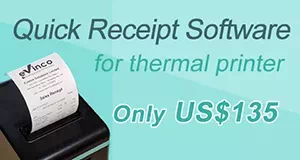In Excel, the CHAR() function can be used to return a specific character based on a number input. This CHAR() function can be used to input some special symbols. Below are some of the common special symbols:
CHAR(9): Tab
CHAR(10): Line Feed
CHAR(176): Degree (°)
CHAR(8212): Em Dash (—)
CHAR(169): Copyright (©)
CHAR(174): Registered Trademark (®)
CHAR(162): Cent (¢)
CHAR(163): Pound Sterling (£)
CHAR(165): Yen (¥)
CHAR(8361): Won (₩)
CHAR(8364): Euro (€)
CHAR(188): One-Quarter (¼)
CHAR(189): One-Half (½)
CHAR(190): Three-Quarters (¾)
CHAR(215): Multiplication (×)
CHAR(247): Division (÷)
CHAR(8730): Square Root (√)
CHAR(8592): Leftwards Arrow (←)
CHAR(8593): Upwards Arrow (↑)
CHAR(8594): Rightwards Arrow (→)
CHAR(8595): Downwards Arrow (↓)
CHAR(8596): Left Right Arrow (↔)
CHAR(8597): Up Down Arrow (↕)
CHAR(8598): North West Arrow (↖)
CHAR(8599): North East Arrow (↗)
CHAR(8600): South East Arrow (↘)
CHAR(8601): South West Arrow (↙)
One common scenario where this is applied is in Excel’s Formula calculations. If you want to input a line break in a formula calculation, it is not allowed. In such cases, you can use CHAR(10) as a substitute.
To concatenate the contents of two cells, such as putting a person’s name and address together where the name is on one line and the address is on the next line, you can use CHAR(10) for this purpose, as direct line breaks are not allowed in Formula calculations.


